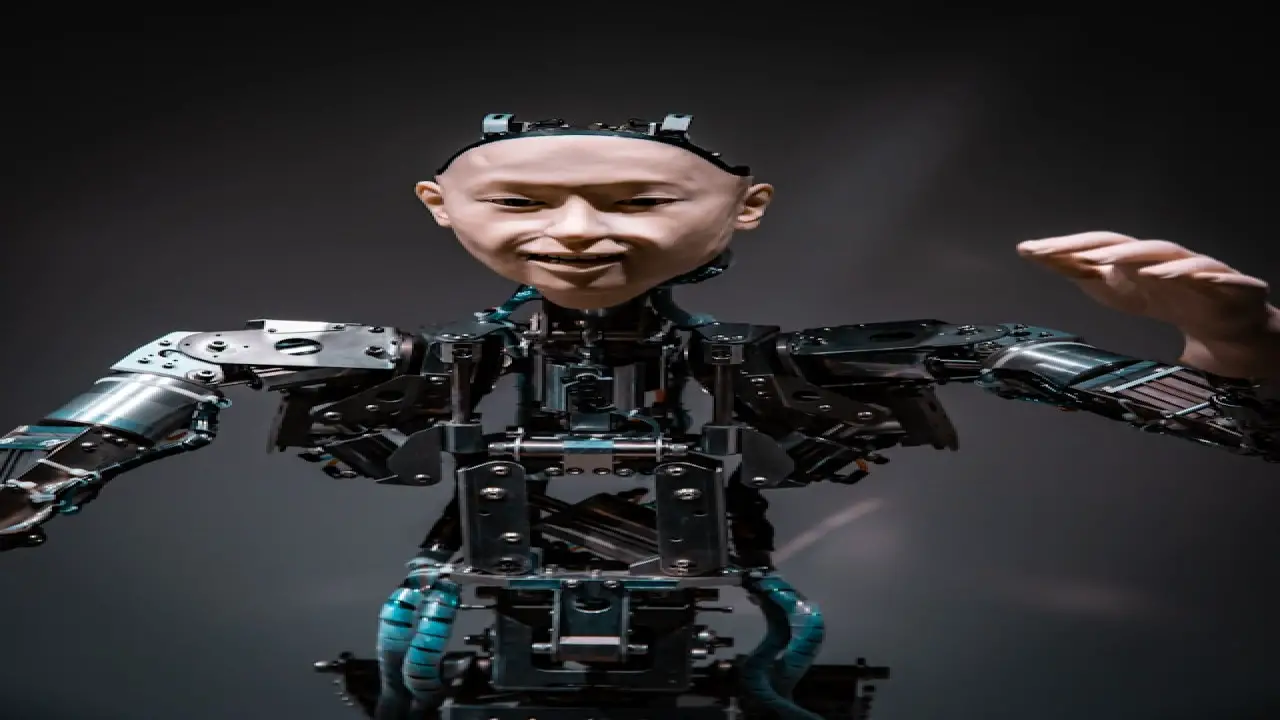Understanding Image Recognition and Classification: A Comprehensive Overview
In the realm of artificial intelligence and computer vision, image recognition and classification stand as pivotal technologies reshaping various industries and daily life. From autonomous vehicles to medical diagnostics, the applications are vast and transformative.
What is Image Recognition?
Image recognition is the process of identifying and detecting an object or feature in a digital image or video. This technology enables machines to interpret visual data and make decisions based on what they "see." At its core, image recognition involves complex algorithms and deep learning models that analyze patterns, shapes, colors, and textures within images.
Key Components of Image Recognition:
-
Feature Extraction: Algorithms extract relevant features from images, which could be edges, corners, textures, or more complex patterns.
-
Machine Learning Models: Techniques such as Convolutional Neural Networks (CNNs) are widely used for image recognition tasks due to their ability to automatically learn hierarchical representations of visual data.
-
Training and Optimization: Training these models requires vast amounts of labeled data. Optimization techniques like backpropagation fine-tune the model parameters to improve accuracy.
Image Classification:
Image classification is a specific task within image recognition where the goal is to categorize an image into predefined classes or categories. For instance, distinguishing between a cat and a dog in a photograph.
Applications Across Industries:
-
Healthcare: Image recognition aids in diagnosing diseases from medical scans, identifying anomalies, and assisting in surgical procedures.
-
Automotive: In autonomous vehicles, image recognition helps detect pedestrians, road signs, and obstacles, ensuring safe navigation.
-
Retail and E-commerce: Recommendation systems use image recognition to suggest products based on visual similarity, enhancing user experience and sales.
-
Security and Surveillance: Identifying faces, objects, and suspicious activities in real-time is crucial for enhancing security measures.
Challenges and Advances:
Despite significant progress, challenges remain, such as handling variability in image conditions (lighting, angles), ensuring robustness against adversarial attacks, and scaling to large datasets efficiently.
Recent advances include:
- Transfer Learning: Leveraging pre-trained models for specific tasks to reduce the need for extensive training data.
- Explainable AI: Techniques to interpret and explain decisions made by image recognition systems, crucial for transparency and trust.
Ethical Considerations:
The widespread use of image recognition raises ethical concerns regarding privacy, bias in data, and the potential for misuse. Addressing these concerns requires careful design, regulation, and continuous monitoring.
Conclusion:
Image recognition and classification represent groundbreaking technologies with profound implications across various sectors. As research and development continue to advance, these technologies promise to further enhance efficiency, safety, and innovation, albeit with careful consideration of ethical implications. Embracing responsible deployment and ethical frameworks will be key to realizing their full potential while mitigating risks.
In summary, while image to url recognition and classification have already transformed many industries, their journey is still unfolding, promising even more significant impacts in the years ahead.









Comments (0)